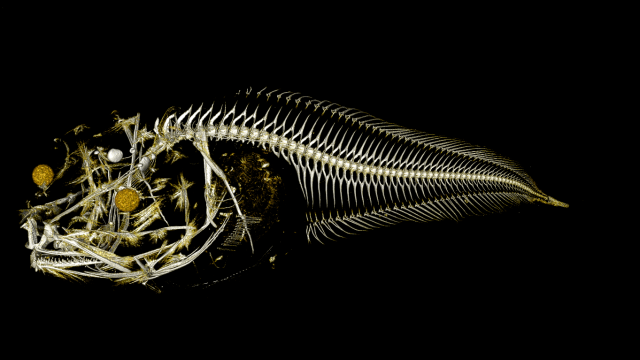In further proof that the deep sea is stranger than outer space, scientists have discovered what they believe to be three new species of snailfish nearly 7500m below the ocean’s surface in the Atacama Trench. The translucent, scaleless creatures look like ghosts that accidentally entered our world through some kind of rift in the spacetime continuum.
Located off the coasts of Peru and Chile, the 6000km-long Atacama Trench bottoms out at 8065m. While still a few thousand metres shy of the ocean’s deepest spot in the Mariana Trench, it’s a dark, alien world of crushing pressures and near-freezing temperatures. But as a recent exploration of the trench demonstrates, it is also very much alive.
The Newcastle University-led expedition, which involved deploying two deep sea “landers” to capture more than 100 hours of video footage, revealed a vibrant trench-dwelling ecosystem that includes shrimp-like amphipods and long-legged isopods. The three new snailfish were the highlight, though.
The pink, blue and purple fish, which will eventually be described in scientific papers and hopefully given some formal names (I propose Tynamo), are part of the Liparidae family, which includes many other deep ocean dwellers around the world. It even includes the deepest fish ever captured, which our Brian Kahn observed “may or may not just be a gelatinous kidney”.
Thomas Linley, a deep sea biologist at Newcastle University, told us that while most expeditions into the abyss return some previously unseen life form, “to find three species so clearly different at the same time” was new for him.
In the researchers’ footage, the snailfish can be seen happily munching on small crustaceans gathered around dead fish that were deployed as bait.
In addition to being “surprisingly active” as Linley put it, the snailfish are just plain weird, bereft of scales with beady little eyes and gelatinous bodies held together by the immense pressure of the water. (The team took great pains to bring a single specimen back to the surface without letting it dissolve into a puddle of goo.)
As alien as they seem, these fish are not outside the reach of human influence. Linely said the amphipods the snailfish eat can harbour microplastics, which are now prevalent throughout the ocean.
“They would not be spared any impact we have on a global scale,” he said.
Hopefully, by shedding some actual light on the world they inhabit, scientists can help us figure out to protect these strange beasties. In the meantime, you can sleep tight knowing you’ll very likely never see one up close.
